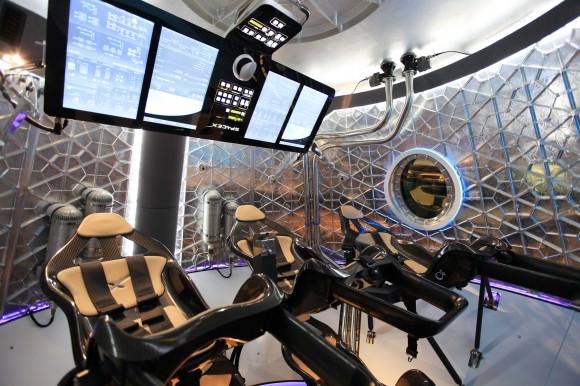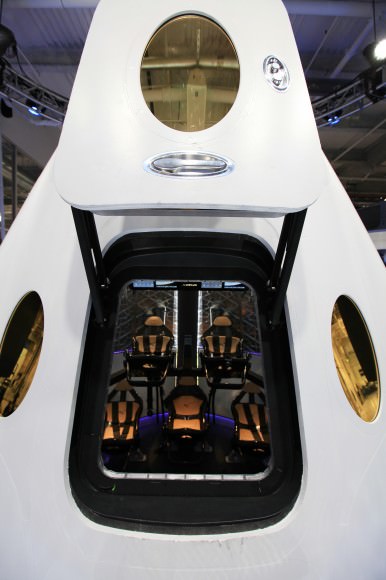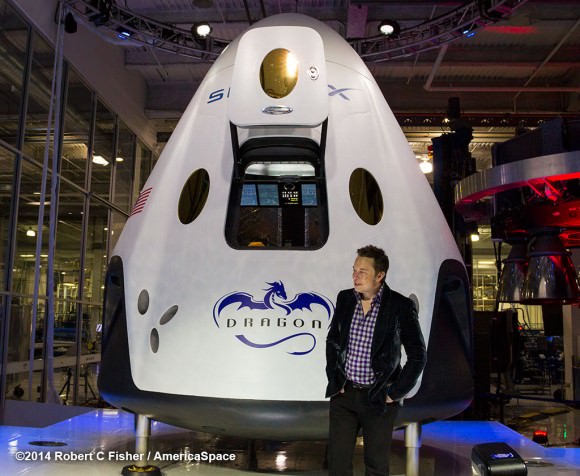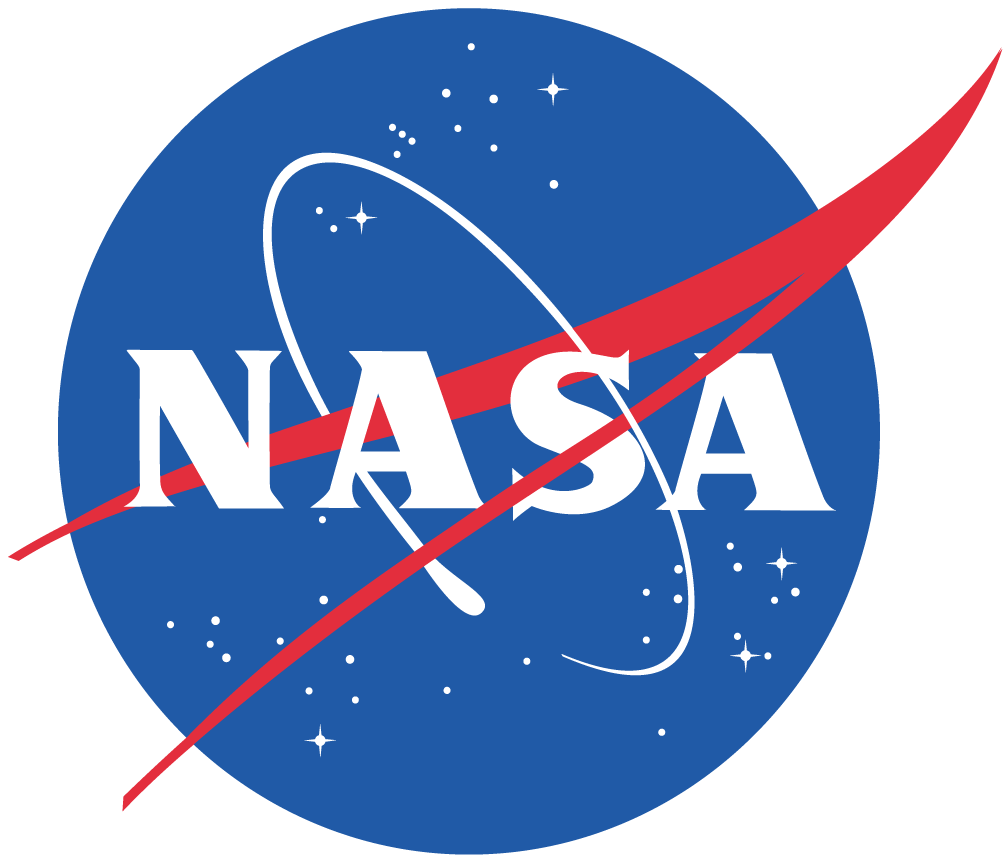Would you ‘Enter the Dragon’?
First look inside SpaceX Dragon V2 next generation astronaut spacecraft unveiled by CEO Elon Musk on May 29, 2014. Credit: Robert Fisher/AmericaSpace[/caption]
Would you like to ‘Enter the Dragon’ for an up close look inside SpaceX’s new ‘V2’ crew transport ship to Earth orbit and the space station?
We’ve shown you lots of exterior shots of SpaceX’s next generation manned Dragon V2 spacecraft after Billionaire entrepreneur and SpaceX CEO Elon Musk pulled the curtain off to reveal his future plans for human spaceflight on May 29 during a live webcast from SpaceX HQ in Hawthorne, Calif.
And we’ve shown you the cool animation to see exactly ‘How it Works!’ from launch to landing.
Now we’ve compiled a stunning collection of imagery revealing what it’s like to actually stand within the gleaming walls of the futuristic Dragon spaceship from an astronauts perspective.
Check out the gallery of Dragon V2 imagery above and below.
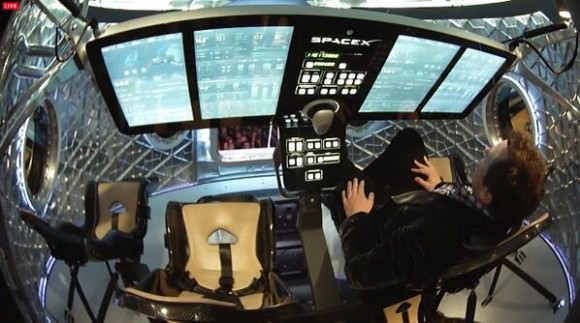
Experience this exciting new chapter of American ‘Commercial Human Spaceflight’ coming to fruition.
NASA’s Commercial Crew Program (CCP) is a public private partnership between NASA and a trio of amazing American aerospace companies – SpaceX, Boeing amd Sierra Nevada – to create inexpensive but reliable new astronaut spaceships to the High Frontier.
And NASA’s unprecedented commercial crew program is so far ahead of any international competitors that I think they’ll soon be knocking at the door and regret not investing in a similar insightful manner.
The goal is to get American’s back in space on American rockets from American soil – rather than being totally dependent on Russian rocket technology and Soyuz capsules for astronaut rides to the International Space Station (ISS) and back.
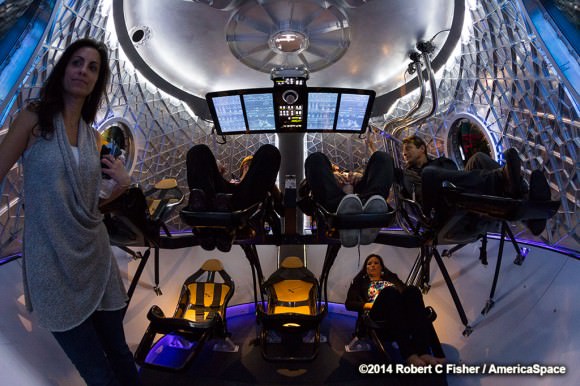
“We need to have our own capability to get our crews to space. Commercial crew is really, really, really important,” NASA Administrator Charles Bolden told me in an exclusive interview – here.
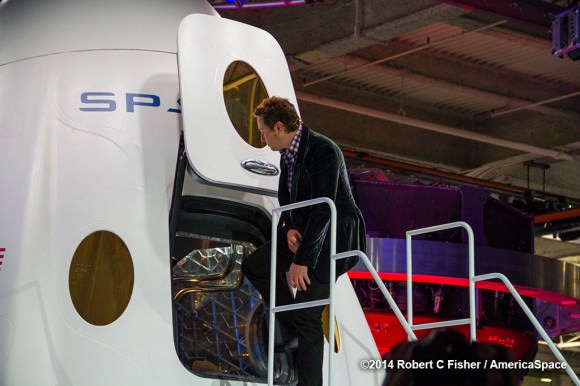
Boeing and Sierra Nevada are competing with SpaceX to build the next generation spaceship to ferry astronauts to and from the ISS by 2017 using seed money from NASA’s CCP.
The Boeing CST-100 and Sierra Nevada Dream Chaser ‘space taxis’ are also vying for funding in the next round of contracts to be awarded by NASA around late summer 2014.
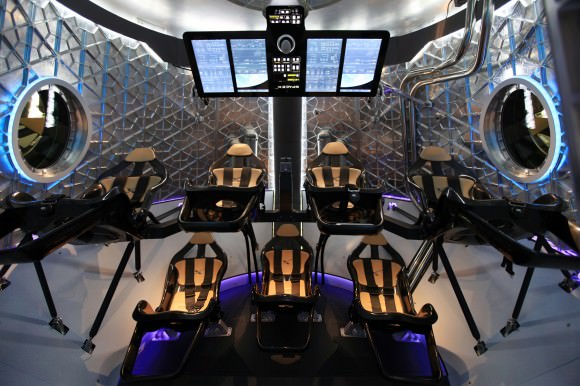
Stay tuned here for Ken’s continuing SpaceX, Boeing, Sierra Nevada, Orbital Sciences, commercial space, Orion, Mars rover, MAVEN, MOM and more planetary and human spaceflight news.
